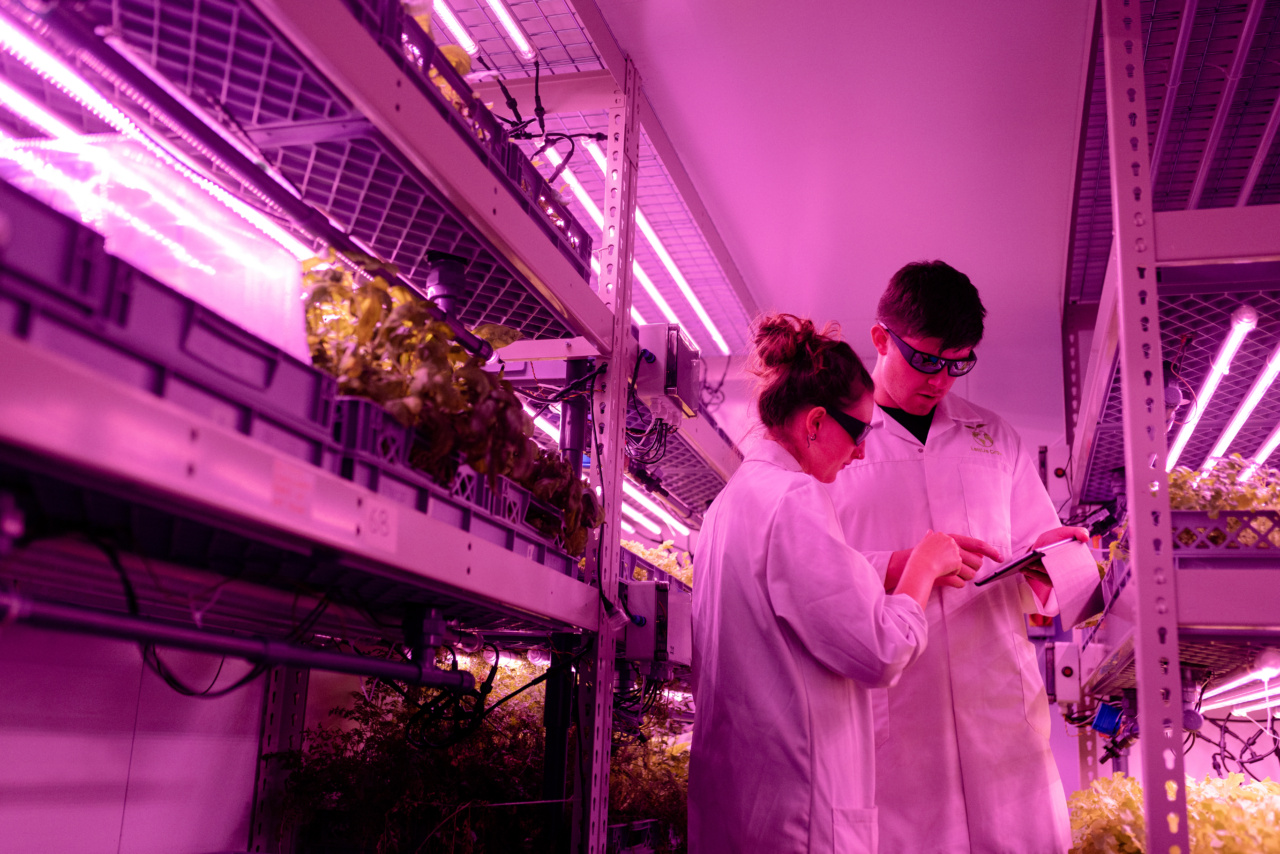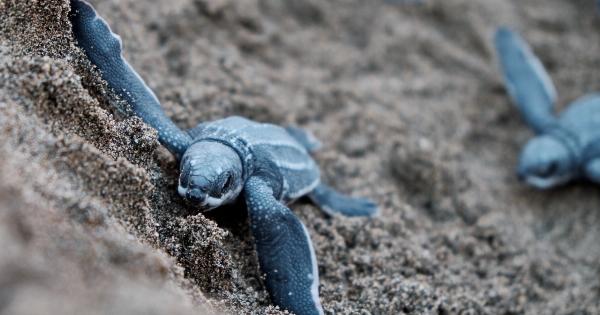Malaria is one of the deadliest diseases in the world, killing millions of people each year. The disease is transmitted through the bite of infected mosquitoes, primarily in sub-Saharan African countries.
While many efforts have been made to control the spread of malaria, such as mosquito nets and insecticides, scientists have been working on a more long-term solution – genetic modification of mosquitoes.
What is Genetic Modification?
Genetic modification is the process of altering an organism’s DNA to give it new traits or abilities. In the case of mosquitoes, scientists are using genetic modification to make them resistant to malaria.
This involves inserting a gene into the mosquitoes’ DNA that makes them unable to carry or transmit the malaria parasite.
How Do Scientists Modify Mosquitoes?
Scientists use a variety of techniques to modify mosquitoes. One method is called CRISPR-Cas9, which is a powerful tool for editing genes. This technique uses a protein called Cas9 and a guide RNA to target specific genes and cut them.
The cut DNA is then repaired using a modified version of the gene, which can add new genes or remove unwanted ones.
What Are the Benefits of Malaria-Resistant Mosquitoes?
The main benefit of creating malaria-resistant mosquitoes is that it could help reduce the spread of malaria in areas where the disease is endemic.
This could save millions of lives each year and reduce the economic burden of the disease on affected countries. It could also reduce the need for expensive and sometimes toxic anti-malaria drugs, which could help improve the overall health of affected populations.
What Are the Challenges of Creating Malaria-Resistant Mosquitoes?
There are several challenges that scientists face in creating malaria-resistant mosquitoes. One challenge is ensuring that the modified mosquitoes are safe for both humans and the environment.
Another challenge is ensuring that the modified mosquitoes are able to compete and survive in the wild. Additionally, there are concerns about ethical and social implications of genetic modification.
What Are the Next Steps?
While scientists have made significant progress in creating malaria-resistant mosquitoes, there is still much work to be done.
The next steps for researchers include testing the modified mosquitoes in the field and monitoring their impact on the environment. This will help scientists determine whether the strategy is effective and sustainable in the long-term.
Conclusion
The development of malaria-resistant mosquitoes through genetic modification has the potential to significantly reduce the spread of malaria in affected populations.
While there are still many challenges to overcome, the progress made so far is promising. With continued research and development, genetic modification could provide an effective long-term solution to combatting malaria.




























